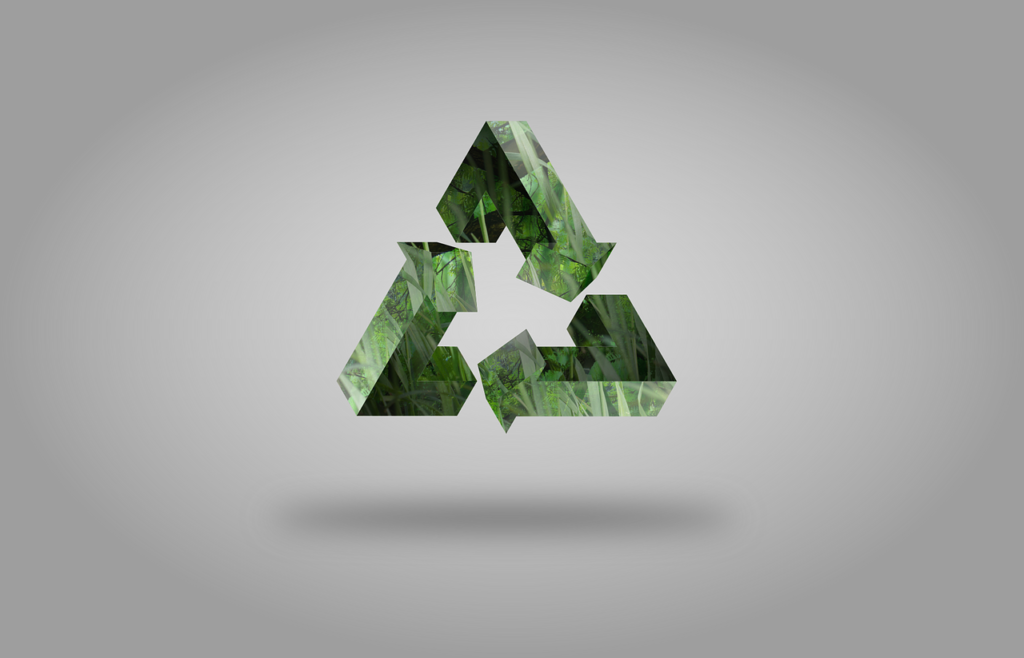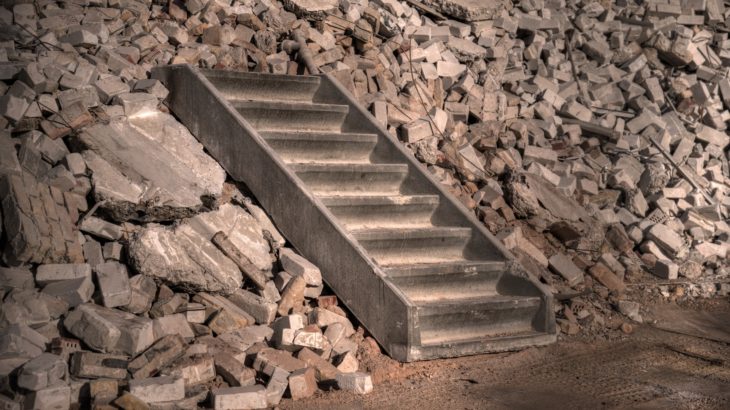With economic development, more and more construction projects are being launched every day around the world. Consequently, construction waste is inevitable and takes up a lot of space in the environment, leading to pollution and a waste of resources. Construction waste is waste produced as a result of construction work, regardless of whether it is later processed, recycled or stockpiled.
Types of construction waste
Hazardous waste is one of the many by-products of the construction industry. It can include asbestos, lead, other heavy metals, as well as chemical waste like creosote, oil from transformers and mercury. For most commercial projects in the United States, regulatory agencies mandate that hazardous waste must be contained and disposed of in an appropriate way, such as. special landfills with liners, incinerators or containment systems . These disposal systems usually require special permits and disposal records/receipts.

Recyclable waste includes paper products, drywall panels, wood, metal, glass, and masonry/concrete. Fiberglass insulation, styrofoam or cellular foam, and paint waste aren’t typically recovered for recycling, although some locations may require it and have local facilities to handle these products. Scrap metal is valuable enough in today’s market that a large portion is recovered and sold. Many locations can also salvage concrete or masonry products to crush for use in road construction.
Non-recoverable waste is as much a part of construction as it is in any other everyday activity and needs to be disposed of appropriately. Usually, roll-off dumpsters do not handle this type of waste to avoid vermin infestations at landfill sites.
A reality of small scale construction, for instance a home renovation or store refitting, is that debris may be burned or dumped illegally to cut costs.
This is, unfortunately, a widespread problem that shows a distinct lack of common courtesy and civic pride. Did you know that waste products such as plastics and shingles take several decades to decompose and, upon doing so, leach hazardous chemicals into the ground?
Processing construction waste
On-site disposal
One method of on-site waste disposal consists of driving a portable stone crusher straight to the construction site. By dealing with the waste on-site, you can save yourself money, time, and energy, since you don’t have to bother with transporting the waste elsewhere.
Waste treatment plant
If construction waste is transported to a treatment plant, an artificial method is used to sort out the material that can be recycled, e.g., metal and plastic. The next step involves supplying the sorted materials to a recycling company.+
Using treated construction waste
Concrete
The broken concrete from a demolished house can be used to make new concrete and mortar for use in paving the highway base after solidified materials are added, as foundation material for underground bedding, soil stabilization material to strengthen the soil where soil erosion is a problem, and as an aggregate road base material on which asphalt is laid.
Brick and tile residuals
The aggregate obtained from crushing bricks and tiles can produce recycled bricks, floor tiles, blocks, and wallboards.
Residue soil
The soil is used for road construction or as a foundation filler.
Waste wood
Reclaimed wood can still be used in homes after processing by removing old nails or re-machining. On the other hand, badly damaged wood is recycled to produce paper, landscape mulch, boiler fuel, or bedding material. These days more and more eco-conscious people are turning to reclaimed wood as an alternative to new wood material.
Asphalt mixture
Asphalt recycling begins with recycled asphalt (also known as reclaimed asphalt pavement- RAP) containing reprocessed pavement. The reclaimed asphalt consists of pavement materials, namely asphalt, and aggregates. When properly crushed and carefully screened, RAP is a high quality and well-graded mix used with asphalt cement. Asphalt is one of the recycled material in the United States, as it provides a better product at a lower cost.

Common practices to help reduce waste material on a construction site.
1. Ensure the building plan includes materials that adhere to the standard building material sizes.
2. At the beginning of the construction project, set specific site waste reduction goals.
3. You can request your vendors and suppliers to purchase back unused materials from the site or donate to nonprofit organizations.
4. Get to know more about your local material recycling policies and requirements and arrange with recycling companies for waste collection.
5. Designate an area for the on-site materials meant to be reused; this includes lumber, spacers, and scraps.
6. Educate and train construction workers to reduce waste.
7. Provide the renovation contractor with clear and concise instructions about the proper ways to separate and remove waste.
8. Separate inert (such as debris, bitumen, and concrete) from non-inert waste (vegetation and other organic materials).
Construction waste is inevitable, but hopefully, the above tips can help to minimize the need for waste disposal and instead maximize the potential for recycling. Share your experiences in the comments below!



















